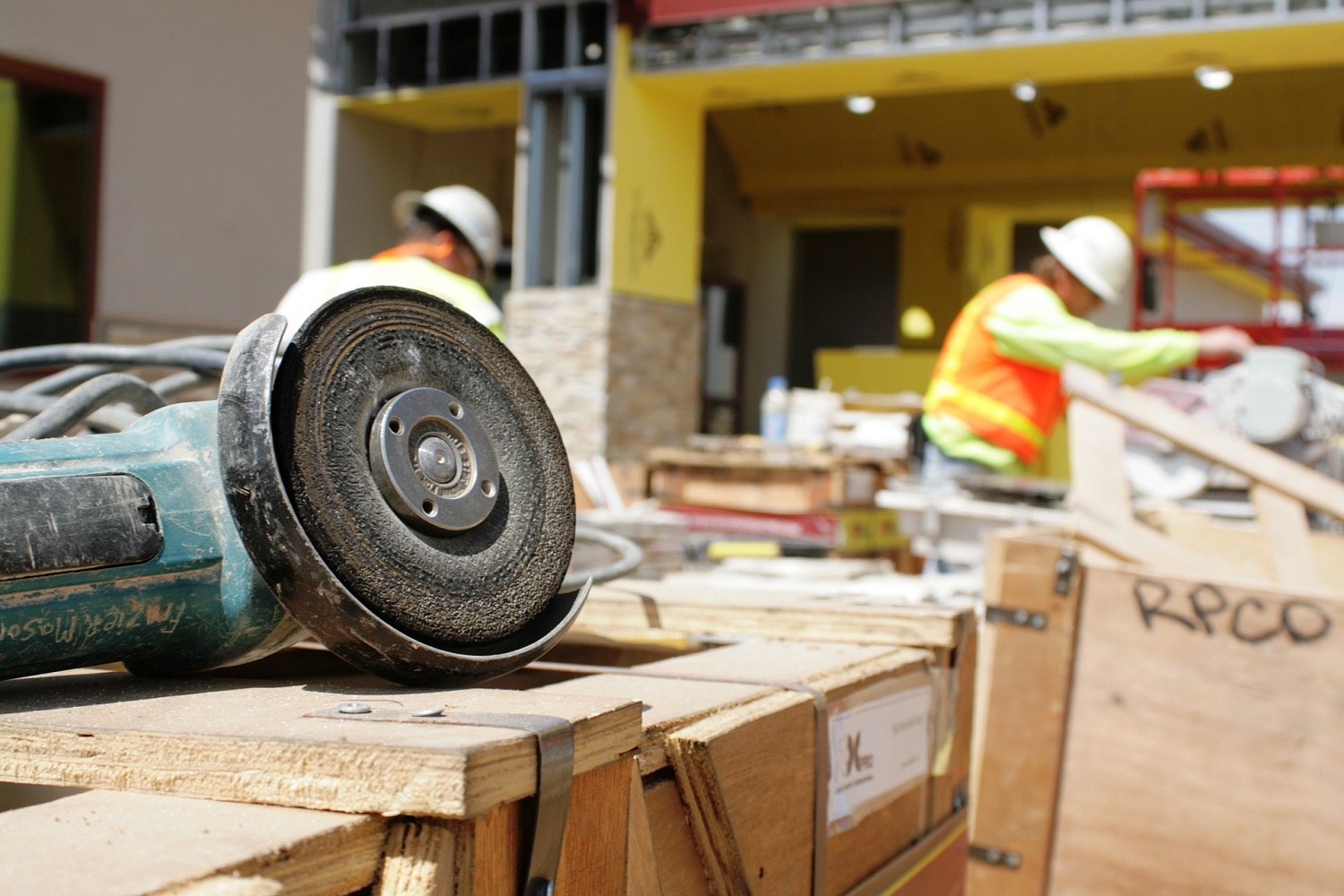You operate and manage a successful small construction business and you can’t imagine doing anything else. Every day is different whether you are repairing residences, adding on extensions, or performing refurbishments. Operating your own small construction business has become the perfect career move as you can turn it into a family business that your kids can become a part of when they are older. Yet your business dreams can come to an end quickly if you aren’t prepared to deal with the hazards and safety issues that can possibly happen at every construction site.
One preventable injury or sickness to yourself could stop you from working at another construction site again. If you have one to two employees working with you who get injured, or the public becomes injured because you did not ensure the work site was secure and free of hazards, you could find your business fined and prosecuted to the point where you have to stop operations permanently.
Construction health and safety – Keeping people safe during construction work
Small builders can be prone to experience more health-related accidents and risks at the job site. You are doing most of the work yourself while trying to meet deadlines so you can move on to the next client to continue to bring in profits for the business. So you may take shortcuts or overlook certain safety procedures. Yet construction safety must become a top priority for your business.
Safeguards for construction sites
First and foremost, whenever you take on a new construction or repair project, you need to take some time to inspect the area where the work will be performed. Take note of any issues that may lead to unsafe working conditions as you perform the necessary steps to eliminate the problem. If you cannot fix the safety hazard, then you need to ensure that you can work around the issue as well as keep the homeowner or the public safely away from the danger. Addition advice to increase construction safety for small builders.
- Keep an organised worksite. Remove obstructions, equipment and materials that are not in immediate use to prevent slip and fall accidents.
- Inspect all equipment before you use it. A split wooden rung on a ladder could lead to a nasty, dangerous fall. By periodically inspecting all of your equipment, you can replace broken items or repair them before the job.
- Place up the appropriate safety barriers to prevent unauthorized access to the construction site. Boundary fences and barriers can prevent people from entering the worksite as well as direct pedestrian traffic around the site to avoid accidents.
- Direct large vehicle traffic in a safe manner. When delivery tracks, cranes or excavation equipment need to move throughout the construction site, workers must understand to keep routes clear for the vehicles to move or turn around. Designate someone to help direct the vehicle safely through the site and to warn other workers of the approaching vehicle.
Workplace safety should be a priority for a small builder for any work performed at a client’s home or business. You can prevent dangerous injuries, damaged property, and litigation claims against your business.
Also, you can build your marketing brand by showing potential clients you are a conscientious builder focused on construction safety.
The old saying goes, ‘a business is only as good as the people in it’. That must mean that having your HR in order is pretty important. It can be a complex subject for employers. Our HR guide will outline exactly what your responsibilities are and provide a handy checklist so that you can keep on top of them.
Check out the Health & Safety courses over at the Construction Industry Federation website.




